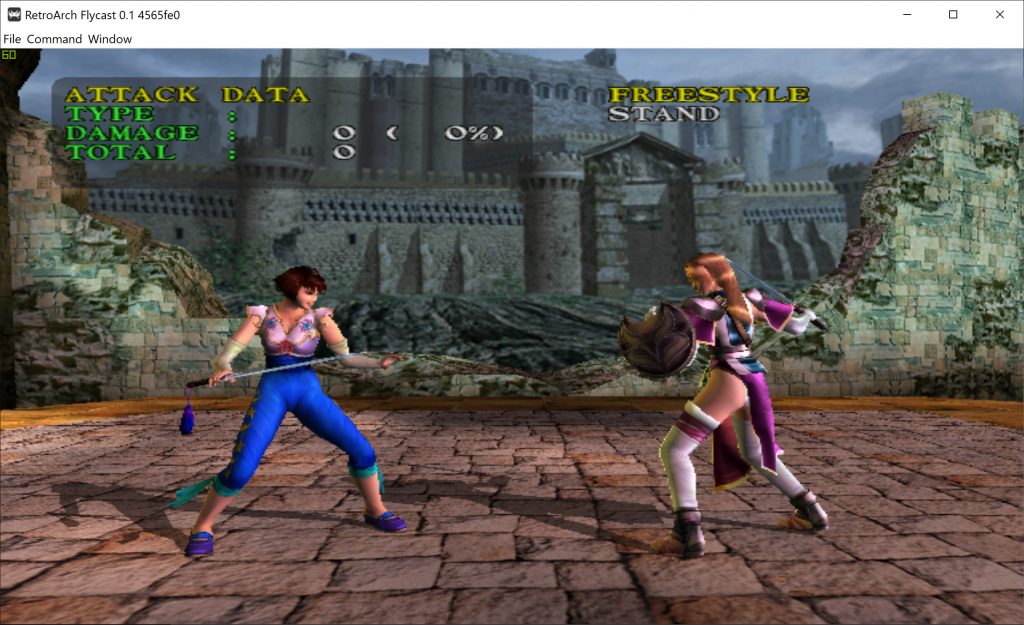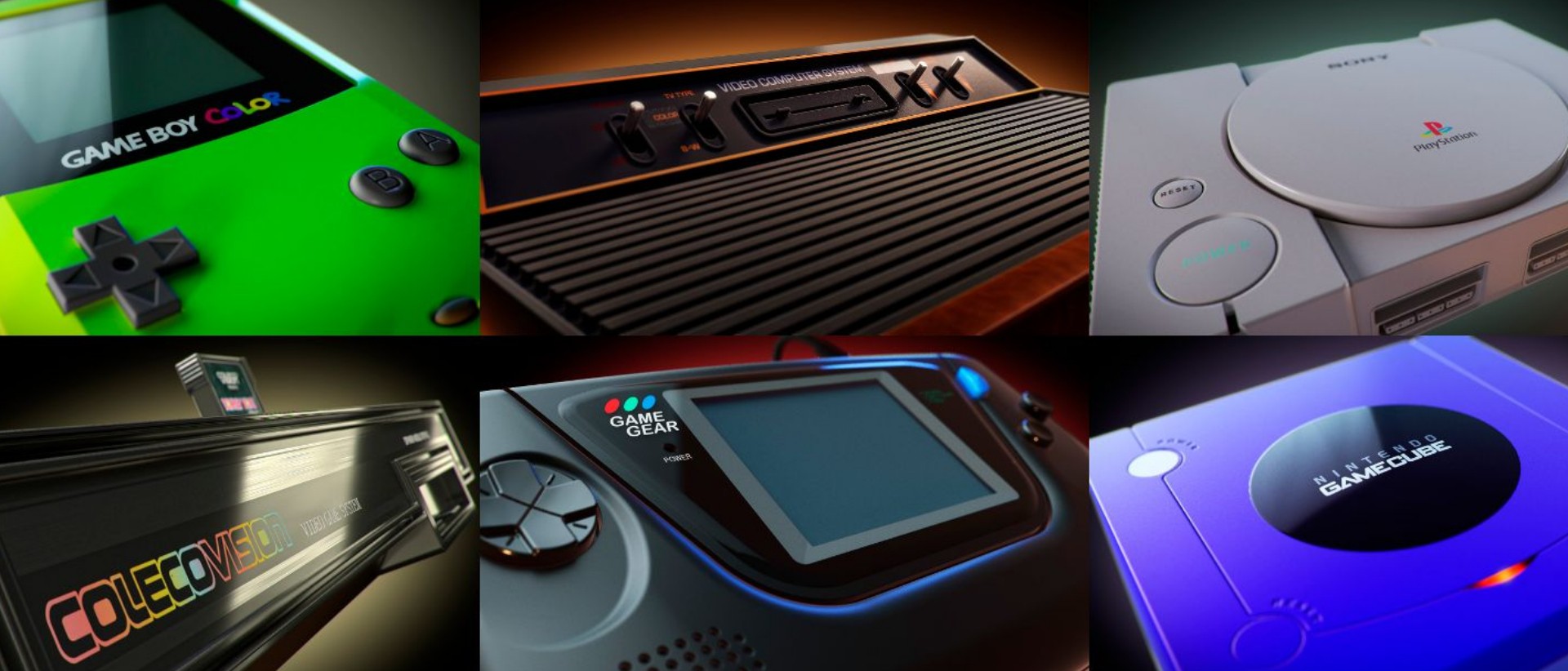

Advancements in mobile hardware should have led to the removal of such "hacks" however lack of developer resources and interest led to long delays in Reicast development, and the codebase remained virtually untouched for years before the RetroArch team began working with it as part of a "Reicast core", later named Flycast. While wider availability is generally a good thing, this resulted in cutting accuracy corners from the nullDC codebase to achieve the speed goals necessary to run on these platforms. 10 Eventually, nullDC's author forked his own project into reicast, with the main objective to widen platform availability to smartphones and tablets.
#Run naomi emulator full speed Pc
8 Can run a lot of games at great speed on mid-end PC and it's open-source, however, it's no longer developed and the more recent forks have improved upon it.There's a payware premium version that provides high-definition rendering and additional slots for save states. Runs on low-end machines provided that they support OpenGL 3.1. Compatible with 90+% of the Dreamcast library (Windows CE now supported), has a good user interface, is easy to set up, and can run without a BIOS. 6 Multi-platform and easy to use, but it's closed-source.It's also more resource-intensive than other emulators.
#Run naomi emulator full speed windows
It supports Windows CE games, but in general, they run worse than standard Dreamcast titles. 4 Has the highest compatibility and accuracy, but it's Windows-only and closed-source.

Even in major emulators, this aspect isn't implemented (or implemented well). However, Windows CE wasn't mandatory to use and most developers opted for Sega's development tools instead out of convenience. What came out of this was the possibility for games to be developed for an optimized version of Windows CE (with DirectX) on each disc. Sega collaborated with Microsoft on the Dreamcast's development, and this partnership would continue later with the Xbox. Sammy's Atomiswave arcade board was also based on the Dreamcast and Naomi. Sega also released the Naomi, an arcade system board with similar components to the Dreamcast. The audio chip could generate 64 voices with PCM or ADPCM codec and provided ten times the performance of the Saturn's sound system. There is a 2 MB audio RAM, which complemented a powerful 67 MHz Yamaha AICA sound processor, with a 32-bit ARM7 RISC CPU core. It had a PowerVR2 GPU at 100 MHz, which theoretically was capable of pushing 3 million polygons/second on-screen. It had a Hitachi SH-4 RISC CPU at 200 MHz with 16 MB of RAM and 8 MB of VRAM. The Dreamcast is a sixth-generation console released by Sega on Novemin Japan and later on Septemin NA. Developer SegaType Home video game console Generation Sixth generation Release dateđ998 DiscontinuedĒ001 Predecessor Sega Saturn Emulated ✓


 0 kommentar(er)
0 kommentar(er)
